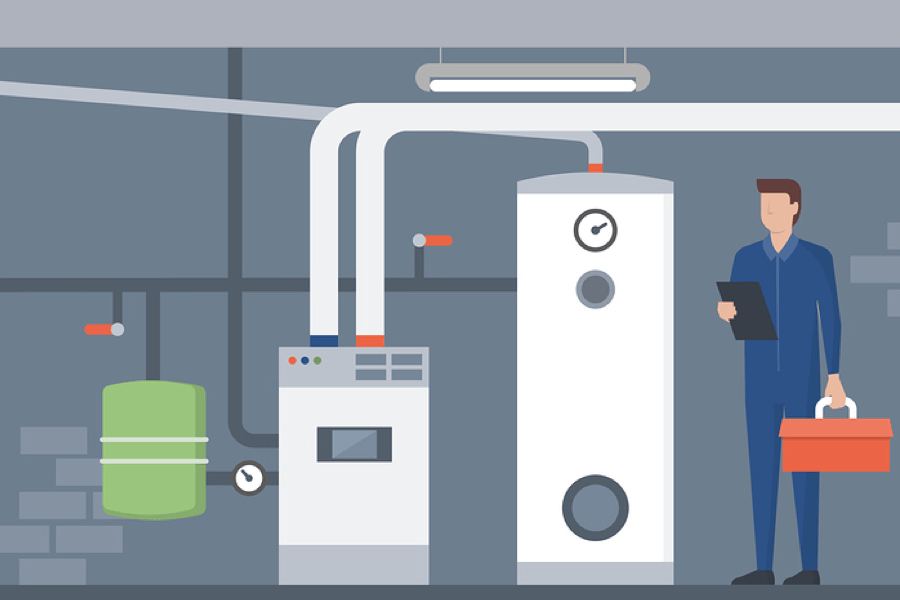How to get the best out of zonal heating systems
Zonal heating – what it is and why you need it
When central heating first came in, the usual system had only one thermostat. In private homes it would frequently be in the hallway and it would be set, not at the temperature the family wanted the hallway to be at, since there wouldn’t normally be people there, but at the temperature that produced the most satisfactory results in more frequently used rooms.
This approach is still common, and it always results in a compromise because most people would like different temperatures in different rooms and at different times. For example:
- They will want the main family room to be comfortably warm during the hours when people are most likely to be there watching TV, talking, listening to music or simply hanging out together;
- Kitchens will normally have a heat source of their own (such as a range) and may become uncomfortable if anything more than background heat is provided;
- Bedrooms are used, for the most part, at night-time when the other rooms are empty and can reasonably be left unheated, but most people probably prefer to sleep in a bedroom that is reasonably cool – but not cold.
Remember, also, that warm air rises – so, if you heat the whole house using just one thermostat, chances are upstairs will be warmer than it needs to be and, in fact, warmer than is really comfortable. And you’re paying to heat those rooms to that temperature – and you’re probably not even in the upstairs rooms during the day!
The solution to this conundrum is zone heating. Radiators (which aren’t radiators at all – they heat by convection rather than radiation – but that’s probably a topic for another post) usually have thermostatic valves but varying the temperature there is no substitute for separate zonal systems. The speed at which a room warms up is determined by the size of the furnace, its heat setting and the size of the radiator and not by setting the radiator valve high.
Zonal energy use is already commonplace in America. You go into a room and turn the light on – for that room. Lighting up the one room you’re in doesn’t involve illuminating the whole house. You take a shower – running the shower does not mean having water pour from every faucet in the place. That’s zonal lighting and zonal water. So why not zonal heating?
There are various approaches to zone heating; the most far-reaching and effective is whole-house zone heating. The building is divided into zones and each has its own heating system with its own thermostat. The initial cash outlay is higher than for non-zonal systems, and studies have shown that in the warmer southern states the payback period would be long. In the colder north, however – and where is Illinois if not in the colder north (brrrr)? – those same studies have shown an energy reduction of 11.8% in the coldest eight weeks of the year between two identical houses where one used zone heating and one was conventionally heated.
And that 11.8% feeds straight through to your utility bills.
How many zones your house needs is a matter for discussion. Let’s talk about it. And, while we’re talking, let’s take a look at your insulation, the state of your weather strips around doors and windows, and the vents and other outlets you’re using. It’s possible to spend a little more now and save a lot over the years to come.
You might also like
HVAC Blog | Climate Control Services LLC




